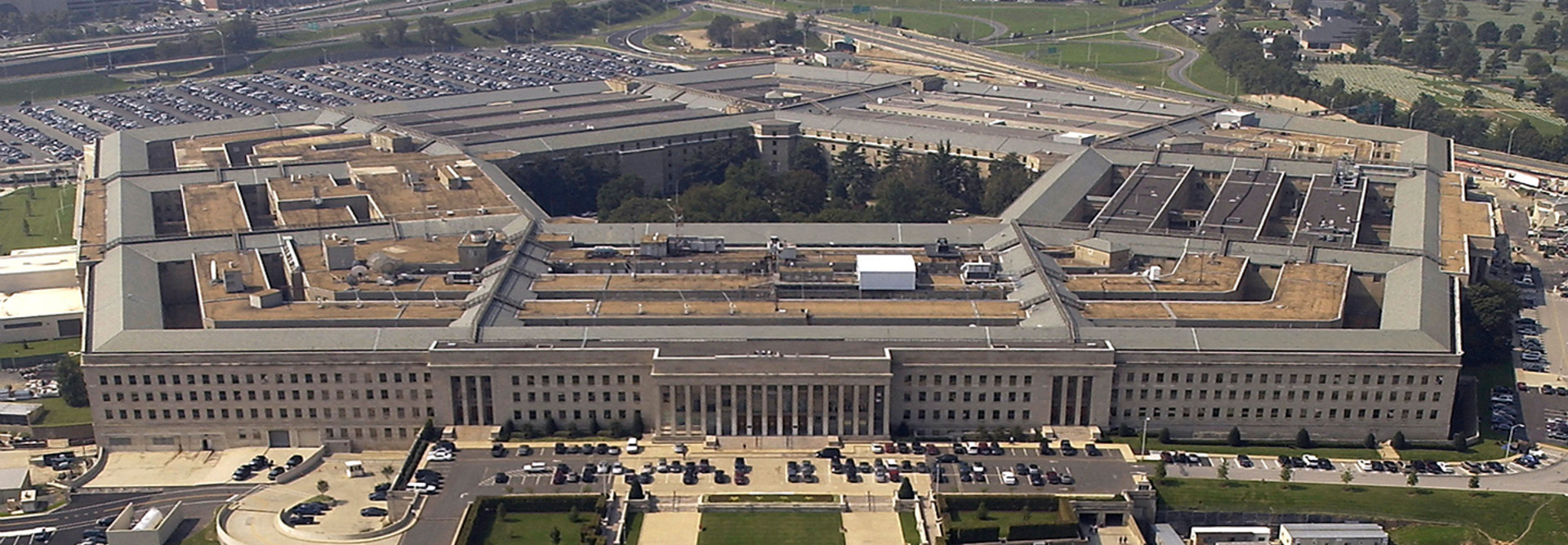DOD Vows to Revamp Software Acquisition and Creation
The Defense Department is, in the words of former Deputy Secretary of Defense Robert Work, “the largest bureaucracy in the world.” It can sometimes take a while to turn around the aircraft carrier that is the Pentagon, but that is what the department intends to do when it comes to how it buys and builds software.
In March, the Defense Innovation Board (DIB) released a report with 26 separate recommendations to enhance how the department acquires software, including 10 “primary” recommendations. The report came after a year of study, which had been mandated by Congress.
The report emphasizes three key themes. One is that the the DOD “needs to procure, deploy and update software that works for its users at the speed of mission need, executing more quickly” than U.S. adversaries. It notes that “statutes, regulations and cultural norms that get in the way of deploying software to the field quickly” weaken national security and heighten security risks.
Secondly, the report argues that the DOD’s “current personnel processes and culture will not allow its military and civilian software capabilities to grow nearly fast or deep enough to meet its mission needs.” The Pentagon needs to develop new ways of attracting, educating, retaining and promoting digital talent, the report says, “and for supporting the workforce to follow modern practices, including developing software hand in hand with users.”
Finally, the report notes, “software is different than hardware (and not all software is the same). While IT hardware can be “developed, procured and maintained in a linear fashion, software is an enduring capability that must be supported and continuously improved throughout its lifecycle.” The DOD needs to streamline its acquisition process and culture “for effective delivery and oversight of multiple types of software-enabled systems, at scale, and at the speed of relevance.”
At the DIB meeting where the report was unveiled, Ellen Lord, the undersecretary of defense for acquisition and sustainment, endorsed several of the report’s recommendations, according to Federal News Network, including that the Pentagon create separate acquisition processes for software that are distinct from hardware. As part of that effort, Lord said her office had started revising the DOD’s primary acquisition policy document, Instruction 5000.02.
“We are going to have one process for hardware and one process for software, because truly I believe our future warfighting capability depends on hardware-enabled and software-defined systems,” Lord said, Federal News Network reports. “We need to take those hardware platforms and continue to spiral in software to deliver more and more capability.”
MORE FROM FEDTECH: Find out how to set a timeline for your agency’s Windows 10 migration.
How the DOD Can Modernize Software Acquisition
The DIB report also included recommended differentiating money in the Pentagon’s budget for software, in light of the fact that software development is different than creating weapons systems.
“If we look at the way we are structured to fund programs, it’s in a very serial, systematic fashion,” Lord said. “We can do that with hardware to a degree, but as you move from traditional waterfall software development to agile and DevOps, we need to be coding every day and testing every night.”
Specifically, the report notes that the DOD continues to acquire and fund information-centric systems using processes designed for hardware-centric platforms and that the department’s “current funding decision processes and data structures do not effectively support leading software development practices.”
The report recommends the Pentagon get rid of distinctions in its budget between procurement, operations and maintenance, and research, development, test and evaluation.
Congress and the DOD should rework statutes, regulations and processes for software, “enabling rapid deployment and continuous improvement of software to the field and providing increased insight to reduce the risk of slow, costly, and overgrown programs,” the report says.
The office of the secretary of defense and the military services should also “create and maintain cross-program/cross-service digital infrastructure that enables rapid deployment, scaling, testing, and optimization of software as an enduring capability,” the report says. They need to work together in a unified manner to manage software using modern development methods and eliminate the existing hardware-centric regulations and other barriers.
Further, the report recommends the service branches build up their software development capabilities and create “new paths for digital talent (especially internal talent) by establishing software development as a high-visibility, high-priority career track and increasing the level of understanding of modern software within the acquisition workforce.”
And the report argues that the DOD and private industry need to alter how software is acquired and developed by adopting “modern software development approaches, prioritizing speed as the critical metric, ensuring cyber protection is an integrated element of the entire software lifecycle, and purchasing existing commercial software whenever possible.”










